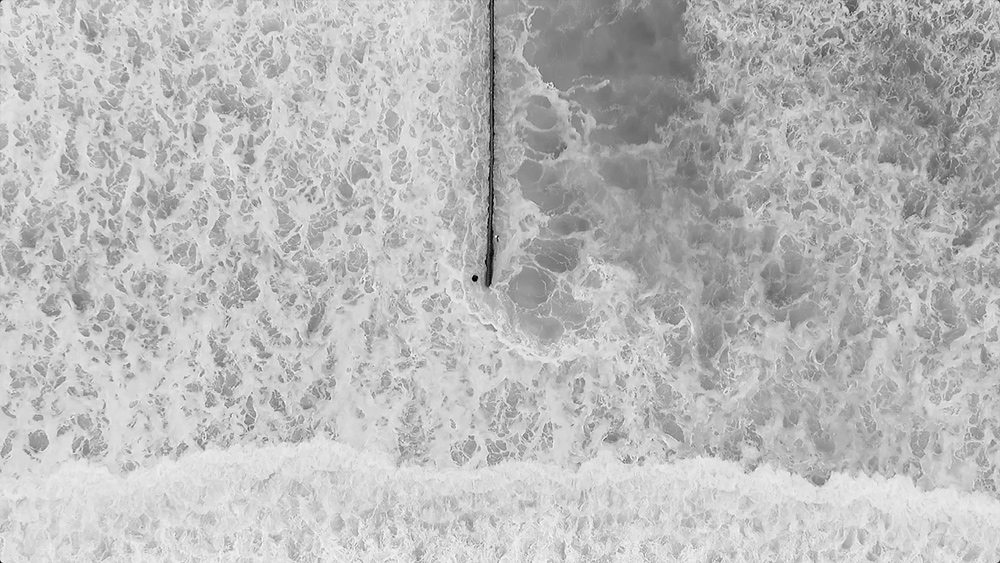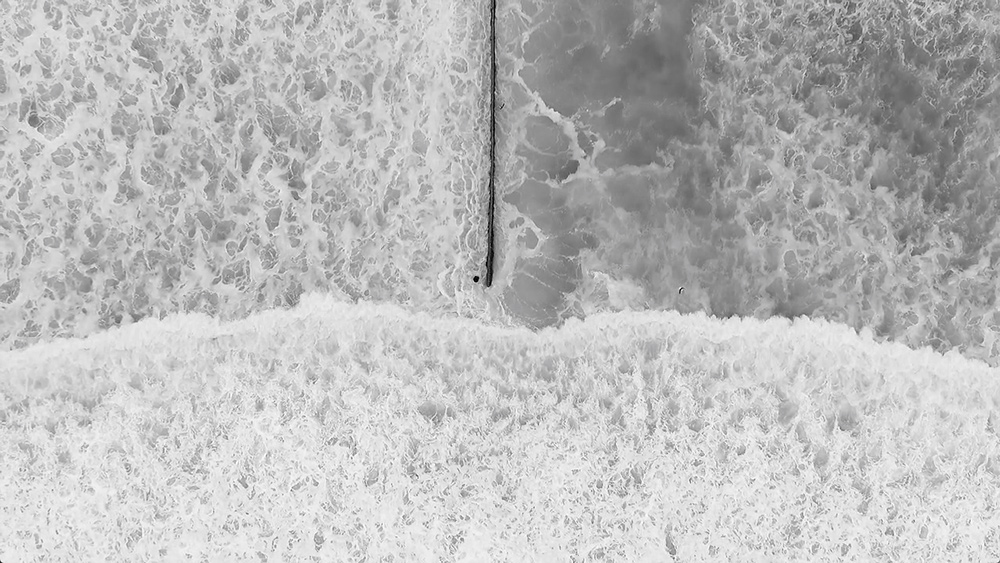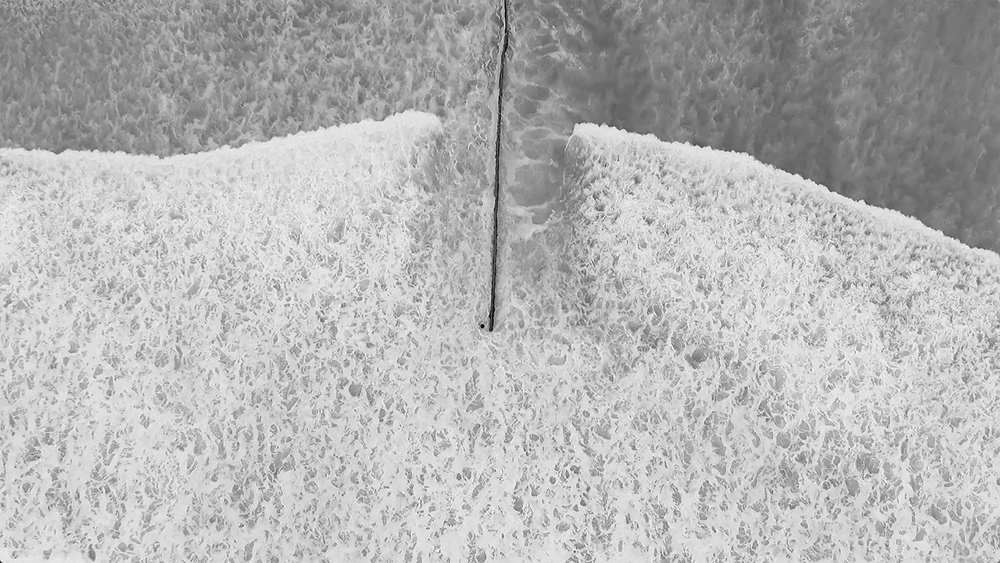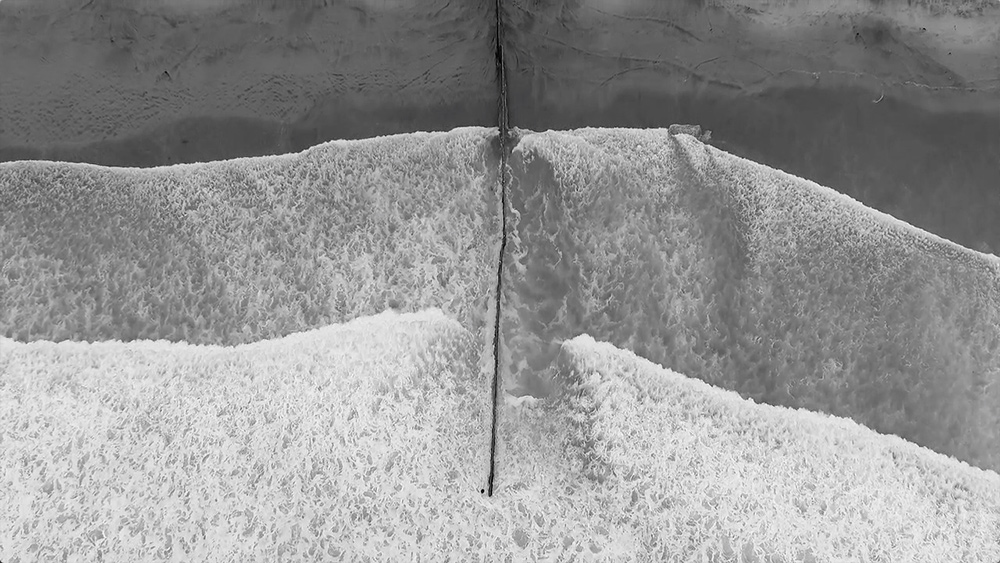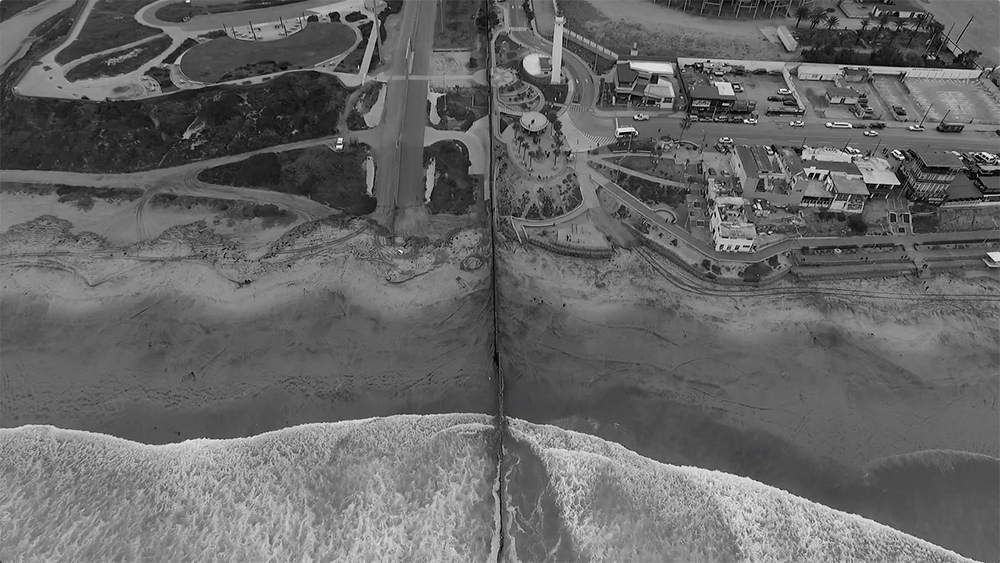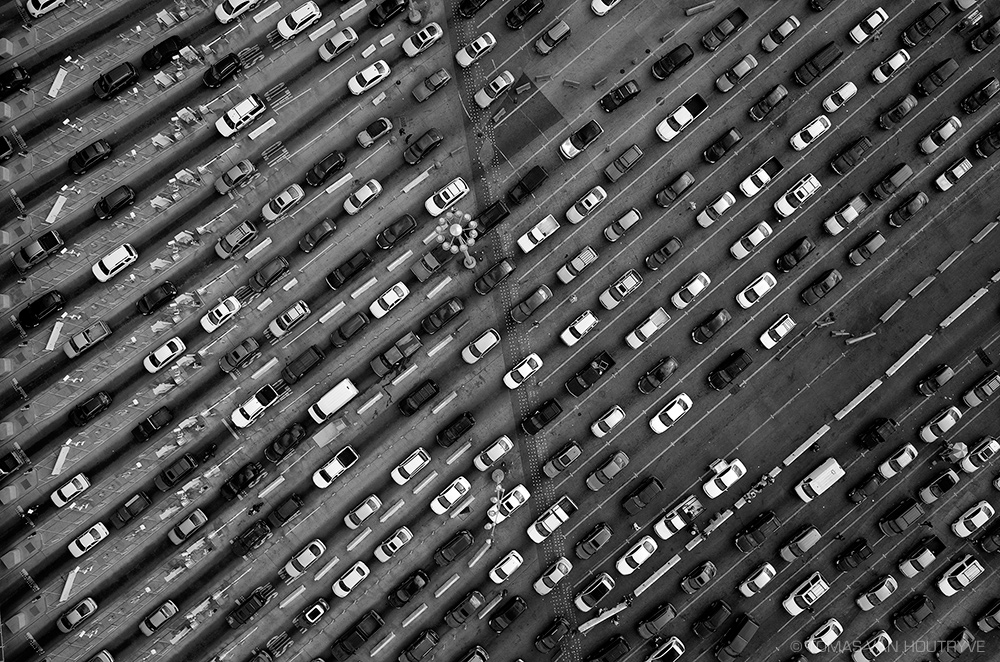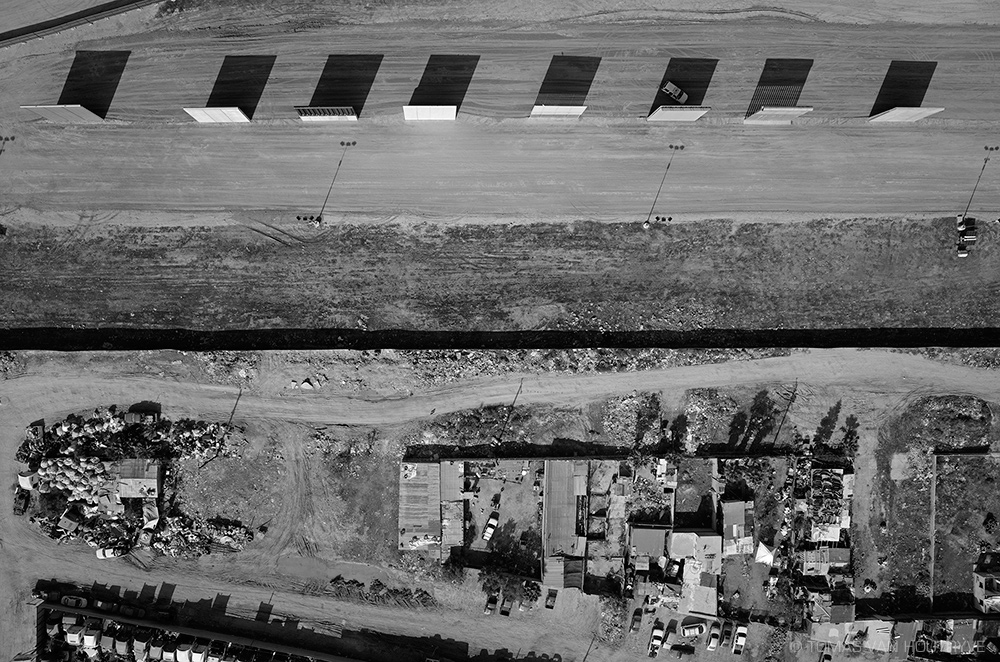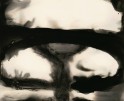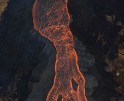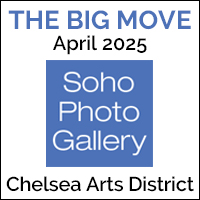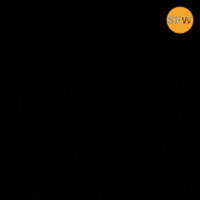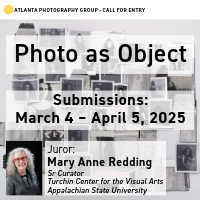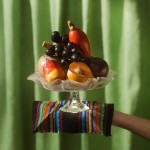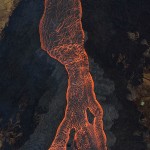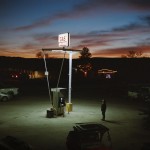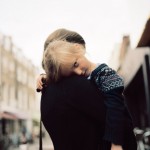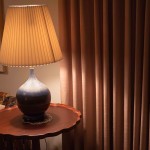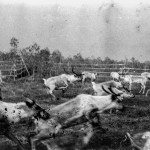CENTER’s Producer’s Choice Award 1st Place Winner: Tomas van Houtryve
Congratulations to Tomas van Houtryve for his First Place win for the CENTER’s 2018 Producer’s Choice Award for his projects, Divided, Lines and Lineage, and Implied Lines. The Choice Awards recognize outstanding photographers working in all processes and subject matter. Images can be singular or part of a series.
Juror Keith Jenkins, Director of Visual Journalism, NPR; formerly Supervising Senior Producer, Multimedia, NPR shares his insights on his selections:
For me, if there is one word that separated the winning entries from all the others, that word would be ‘consistent’. The work that stood out was consistent in its storytelling and execution; consistent in theme and approach, and consistent between the stated intent and the final result. Finally, the work was of a consistent high quality that could sustain repeated viewing; revealing new layers of content each time.
This work took a very simple concept, a border wall between two countries, and visually infused it with all the complexities of the contemporary American debate. The ‘moving picture’ that tells this story, does so in a leisurely way, but clearly one that was thought out and executed with the utmost care and attention to detail. The ‘reveal’, at the end, lingers in your mind. This piece is not overly ambitious, but the artist’s ambition is right-sized to the storytelling and to the ability to tell it with a level of perfection that makes the story of Alta and Baja all the more relevant and impactful to the viewer.
Jenkins has been a digital manager and strategist specializing in visual storytelling. Jenkins’ teams have earned Pulitzer, Emmy, Peabody, Murrow, World Press, and Webby awards for The Washington Post, NPR, and National Geographic. Jenkins first came to NPR and spent 5 years setting up the Multimedia department at NPR.
Tomas van Houtryve is a documentary photographer and conceptual artist whose major works interweave investigative journalism, philosophy and metaphor. Van Houtryve makes images using a wide range of processes, from nineteenth-century wet plate collodion to thermal imaging and Augmented Reality. His projects challenge our notions of identity, memory and the relationship between the individual and the State.
Van Houtryve’s works are included in the permanent collections of the International Center of Photography Museum, Nelson-Atkins Museum of Art, and the Chicago Museum of Contemporary Photography.
In 2014, van Houtryve’s groundbreaking Blue Sky Days series was published in Harper’s as the largest photo portfolio in the magazine’s 164-year history. James Estrin of the New York Times stated that “Blue Sky Days is one of the most important photo essays done in the last few years. It tackles issues that are very difficult to photograph but central to modern existence—privacy, government intrusion and modern antiseptic warfare.”
Van Houtryve’s first monograph book, Behind the Curtains of 21st Century Communism, was published in 2012. The seven-year photographic project documents life in the last countries where the Communist Party remains in power: North Korea, Cuba, China, Nepal, Vietnam, and Laos.
Van Houtryve is based in Paris, France.
This work was supported by a CatchLight Fellowship in partnership with the Pulitzer Center.
Divided
Although they play a consequential role in human lives and group identity, borders are artificial, impermanent and often absurd. Seen through the prism of contemporary politics, these lines between countries can take on dramatic and distorted meanings. From 2017 to 2018, I created a series of lens-based works about the Mexico-U.S. border that reframe our perceptions using line, memory, and perspective.
Divided is a single-channel video installation that focuses on the timeless repetition of lines of waves from the Pacific Ocean as they crash perpendicular into the steel barrier that splits Baja and upper California. The collision of waves is mesmerizing, and we notice unified lines of waves that are divided in two.
Next in the series is Lines and Lineage, which addresses the missing photographic record of when Mexico ruled what we now know as the American West. Although photography was invented in Paris in 1839, it didn’t arrive in the West until after the U.S. seized the region from Mexico in 1848. Images of the Mexican era were never fixed in our collective memory. Using a 19th century camera and glass negatives, I attempt to fill that vacuum. The work combines landscape photographs of the original Mexico-U.S. border with portraits of descendants of early inhabitants.
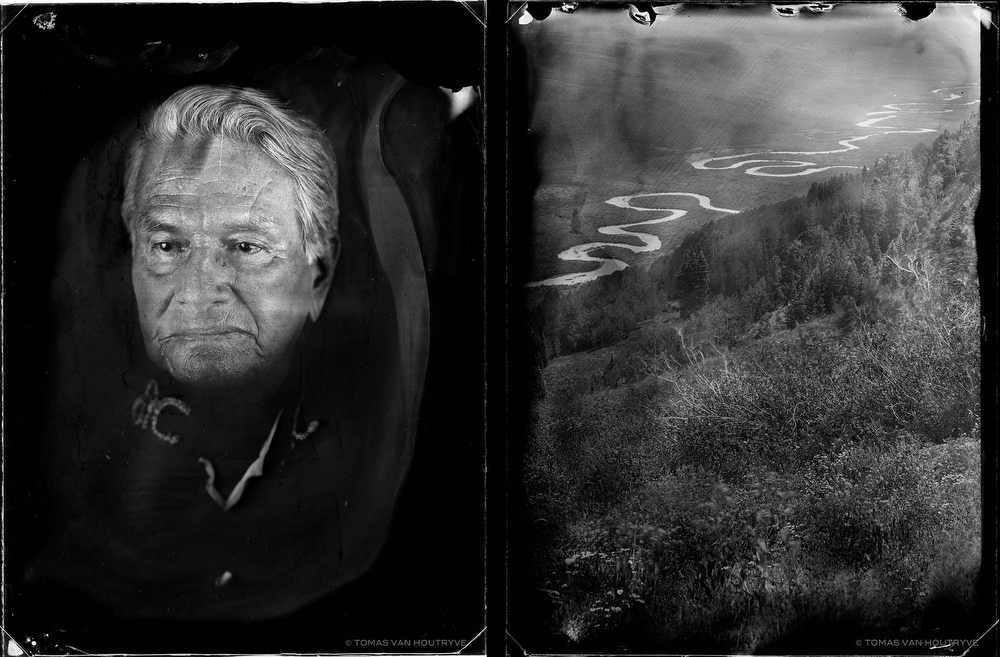
©Tomas van Houtryve, From the series Lines and Lineage, Patrick Garcia and East River, 2017, diptych gelatin silver prints, 60 x 40 cm (24 x 16 in.)
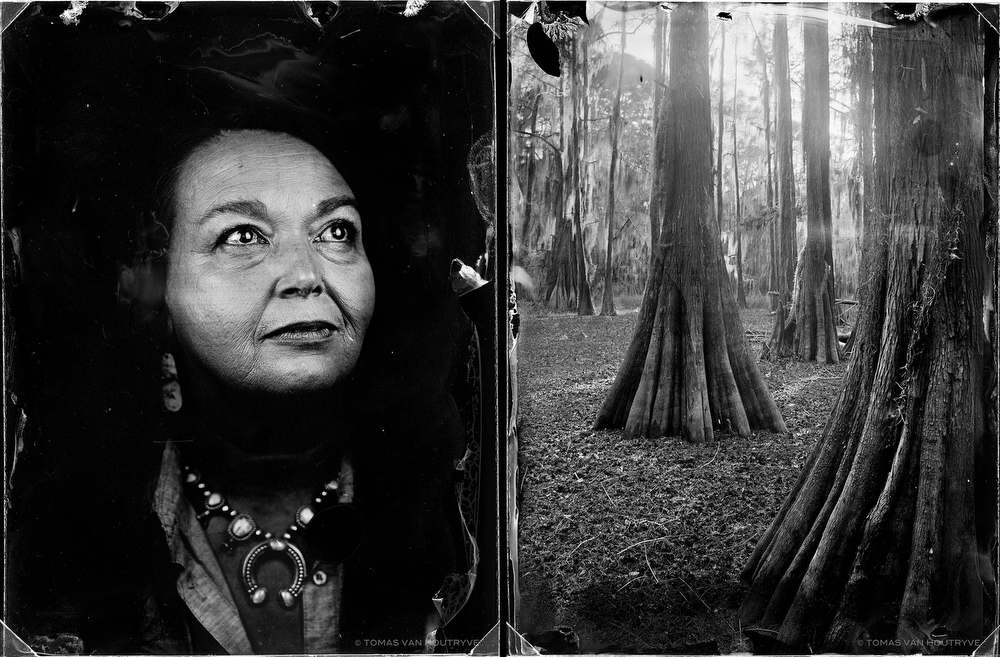
©Tomas van Houtryve, From the series Lines and Lineage, Bernadette Therese Ortiz Peña and Carter Lake, 2017, diptych gelatin silver prints, 60 x 40 cm (24 x 16 in.)

©Tomas van Houtryve, From the series Lines and Lineage, Medicine Bow Peak and Ralph Peters III, 2017, diptych gelatin silver prints, 60 x 40 cm (24 x 16 in.)
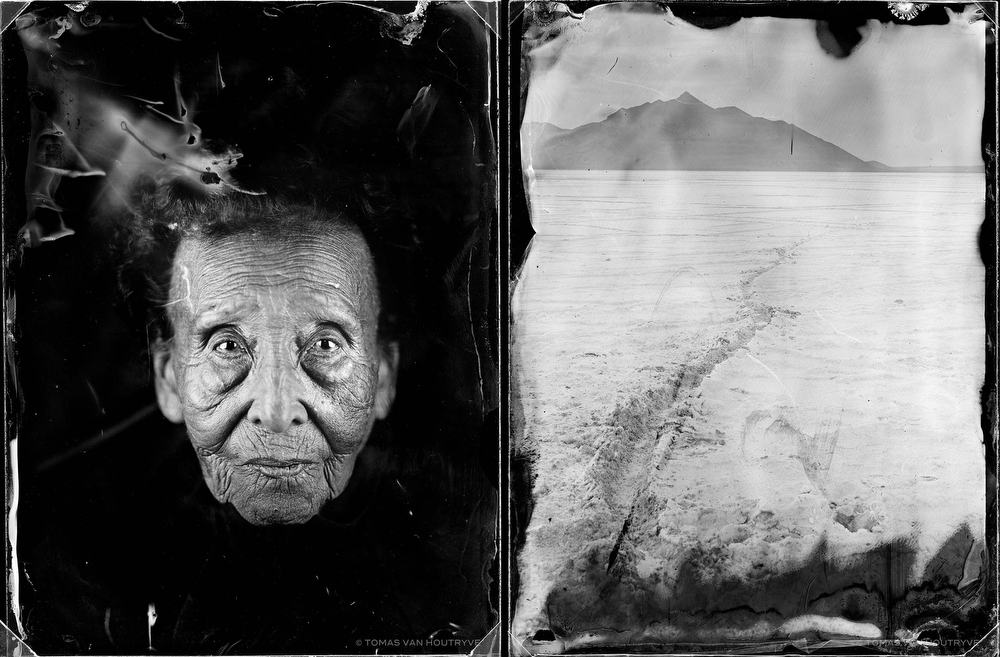
©Tomas van Houtryve, From the series Lines and Lineage, Anna Maria Gallegos de Houser and Bonneville Salt Flats, 2017, diptych gelatin silver prints, 60 x 40 cm (24 x 16 in.)
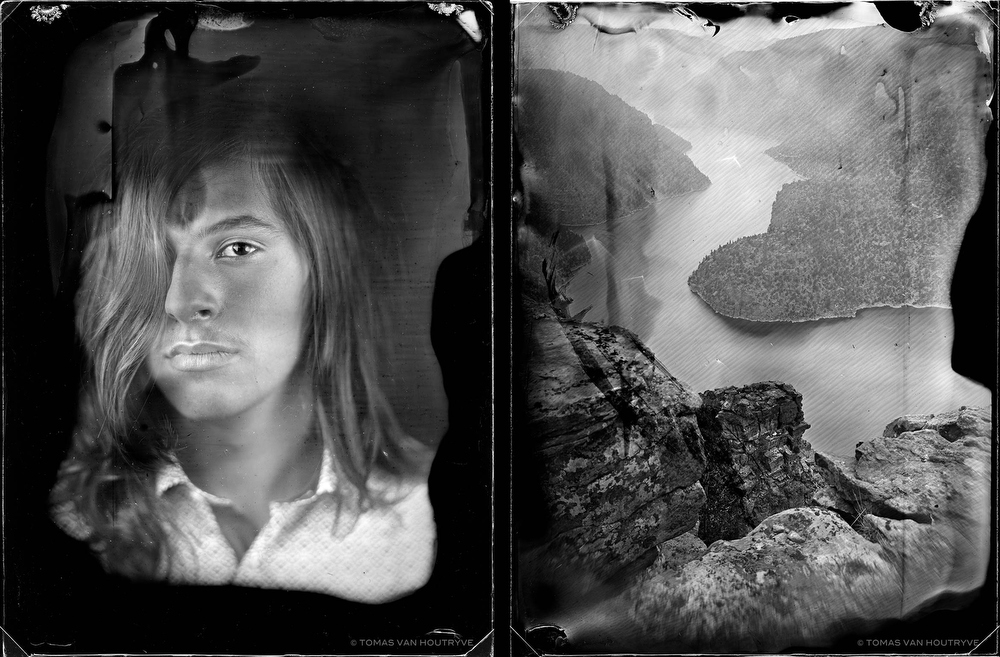
©Tomas van Houtryve, From the series Lines and Lineage, Nathan Alexander Steiner and Green River, 2017, diptych gelatin silver prints, 60 x 40 cm (24 x 16 in.)
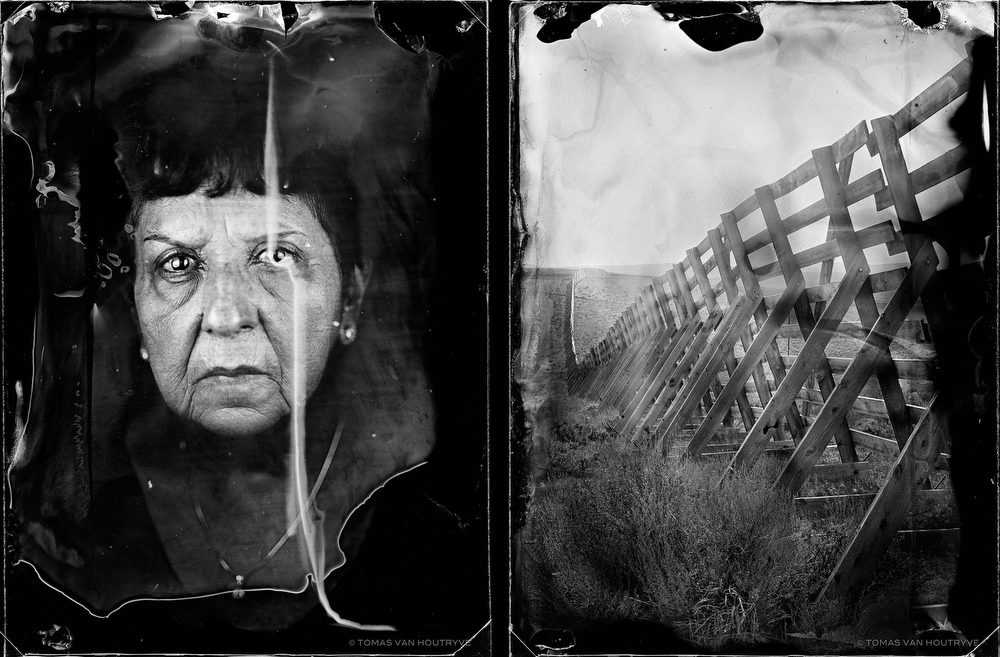
©Tomas van Houtryve, From the series Lines and Lineage, Dorothy Mary Gallegos and Snow fence, Saratoga, 2017, diptych gelatin silver prints, 60 x 40 cm (24 x 16 in.)
Third in the series is Implied Lines, a critical reflection on how camera systems are used by the border patrol to target and apprehend immigrants. The previous two U.S. administrations spent tens of billions of dollars constructing what they called a “virtual fence,” a vast network of cameras, sensors, and aerial drones. This network is probably the largest array of cameras ever deployed by the US government. Using a drone-mounted camera and thermal imaging technology, my images reveal how the borderlands look through the perspective of weaponized photography. – Tomas van Houtryve
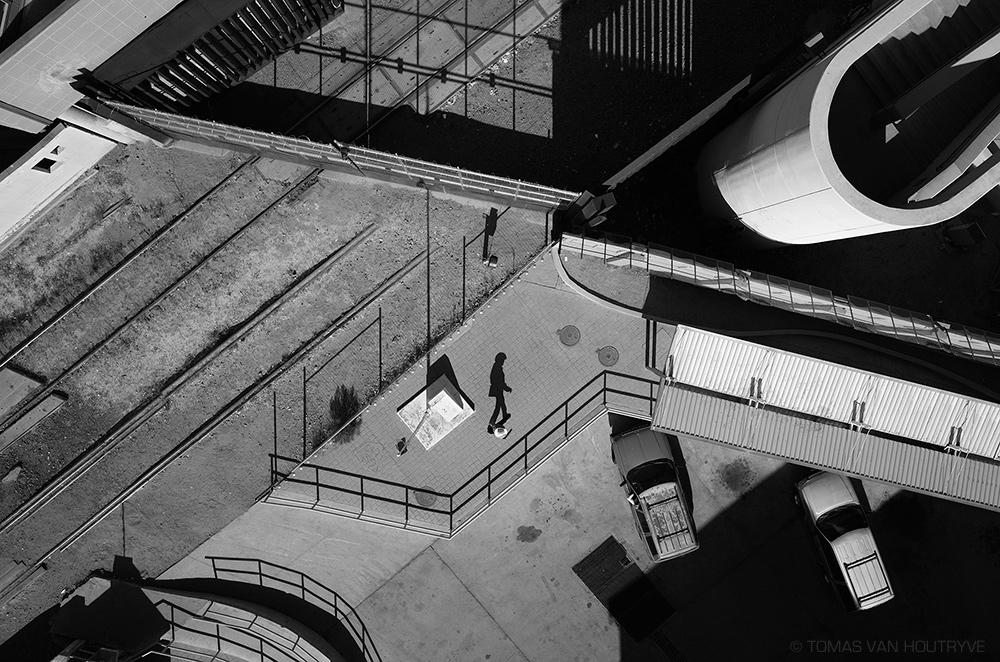
©Tomas van Houtryve, From the series Implied Lines, Nogales, 2018, gelatin silver prints, 100 x 66 cm (40 x 26 in.)
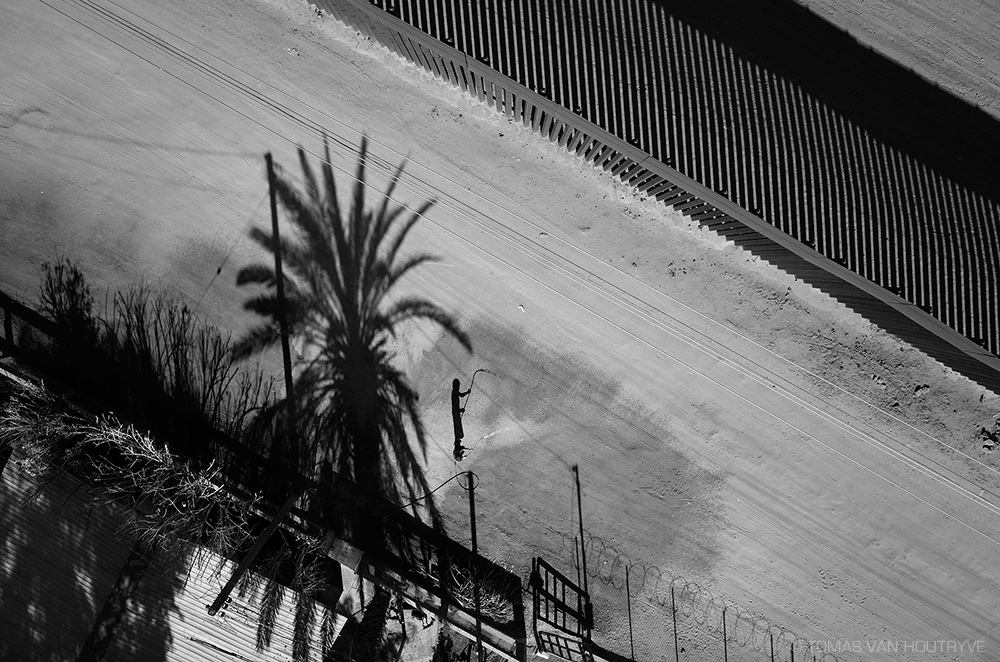
©Tomas van Houtryve, From the series Implied Lines, San Luis Rio Colorado, 2018, gelatin silver prints, 100 x 66 cm (40 x 26 in.)
Posts on Lenscratch may not be reproduced without the permission of the Lenscratch staff and the photographer.
Recommended
-
Oleksandr Rupeta: Art + History Competition Second Place WinnerApril 1st, 2025
-
Jared Ragland: Art + History Competition First Place WinnerMarch 31st, 2025
-
Dominique Muñoz: Denis Roussel Annual FellowshipDecember 30th, 2024
-
elin o’Hara slavick: Art + Science Competition Honorable MentionDecember 21st, 2024
-
Leslie Gleim: Art + Science Competition Honorable MentionDecember 20th, 2024

